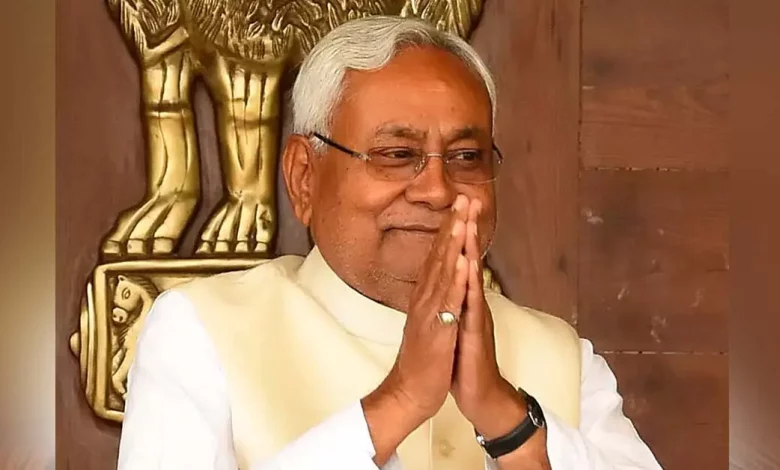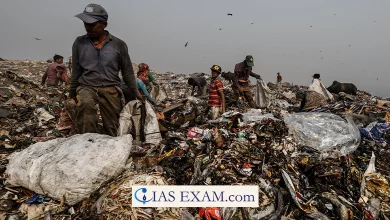
Context- The Governor of Bihar passed two laws to increase reservation in jobs and education to 75% in the state. These two laws sparked a debate about the permitted boundaries of Indian reservations.
What is the 50% Rule?
- The Supreme Court has historically ruled that reservations in jobs or education should not exceed 50% of all posts/posts.
- Mandal Commission Case: In 1992 SC ruled in the Indra Sawhney case that reservation should not exceed 50% except in certain exceptional cases.
- Those who offer reservations to communities who come from remote areas of the country and are kept away from the mainstream of society. This is not a geographical test, but a social one.
- EWS Verdict: The Supreme Court has upheld the 103rd Constitutional amendment which includes 10% additional reservations for EWS.
- This means that as of now, the 50% limit applies only to non-EWS reservations and states can reserve a total of 60% seats/seats including EWS reservations.
What does the Bihar government have to prove?
- The Government of Bihar has to prove that their case falls under the exception made in the Mandal Commission case. In other words, the communities that have been given reservations are from remote areas or have been kept away from the social mainstream.
- The second is the rationale offered by the state government for this violation. countries that crossed the border
- Chhattisgarh (72%), Tamil Nadu (69%, protected under the Ninth Schedule of the Constitution under the Act of 1994), Arunachal Pradesh, Meghalaya, Mizoram and Nagaland (both 80%).
- Lakshadweep has 100% reservations for Scheduled Tribes.
Arguments for reservation
- Historical Injustice: This is seen as a remedy to address historical injustice and discrimination against certain communities.
- Social equality: It aims to promote social equality and reduce inequality by providing opportunities for education, employment and representation.
- Constitutional Mandate: Under Article 15 (4) and Article 16 (4) of the Constitution of India, the State can make special provisions for the advancement of socially and educationally backward classes of citizens.
- Social Upliftment: Reservation is seen as a means of social upliftment for marginalized communities, empowering them to break free from the cycle of poverty, illiteracy and social exclusion.
Argument against reservation
- Merit: Critics argue that people should be selected for educational and job opportunities based on their talents, skills and qualifications rather than caste or social background.
- Reverse discrimination: The practice of reservation leads to reverse discrimination as persons belonging to certain favored groups may be disadvantaged in terms of educational and employment opportunities.
- Creamy Layer: The term “creamy layer” refers to economically better off individuals in reserved classes. Benefits should be targeted at those who really need help and eligibility criteria should be re-examined.
- Social Division: Some argue that the reservation policy reinforces social division by classifying people on the basis of caste or community.
Conclusion
- It is important to note that debates on reservation policy in India are complex and there are different views on how to balance promoting social justice and avoiding potential pitfalls.
- Post action can bring about significant progress in societies with deep-rooted social inequalities, but such systems must be regularly reviewed and redesigned.
Source: The Hindu
Practice question:
Q. Which landmark case in Indian constitutional law is associated with the imposition of a 50% quota limit on reservations in educational institutions and government jobs?
- Kesavananda Bharati v. State of Kerala
- Indra Sawhney (Mandal) v. Union of India
- S.R. Bommai v. Union of India
- Minerva Mills Ltd. v. Union of India





.png)



